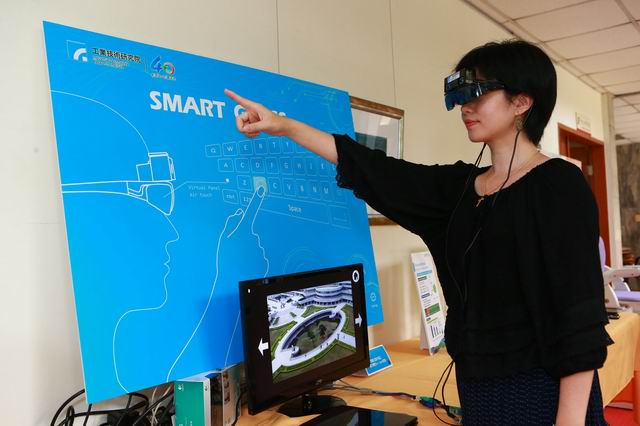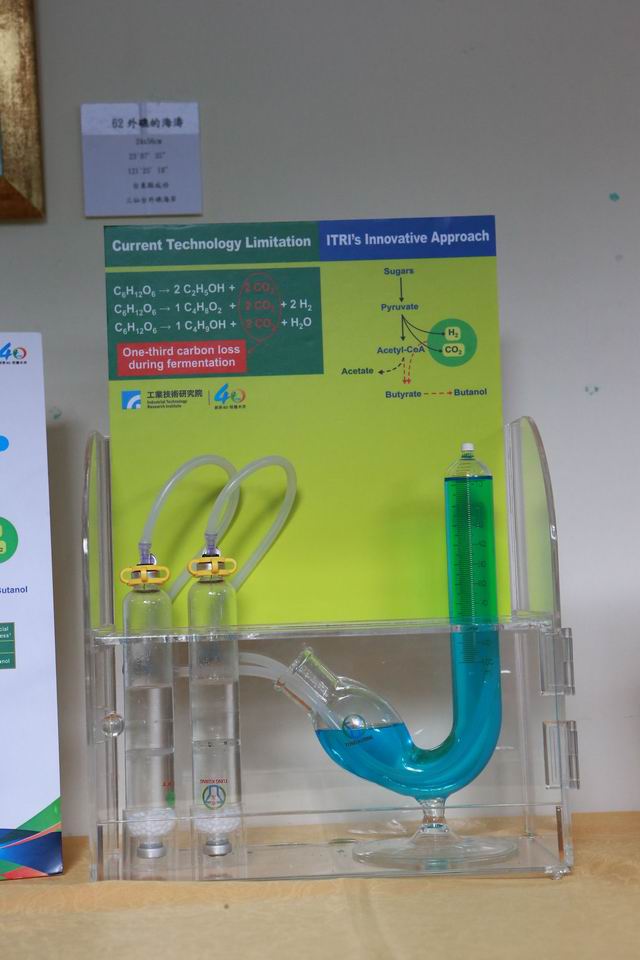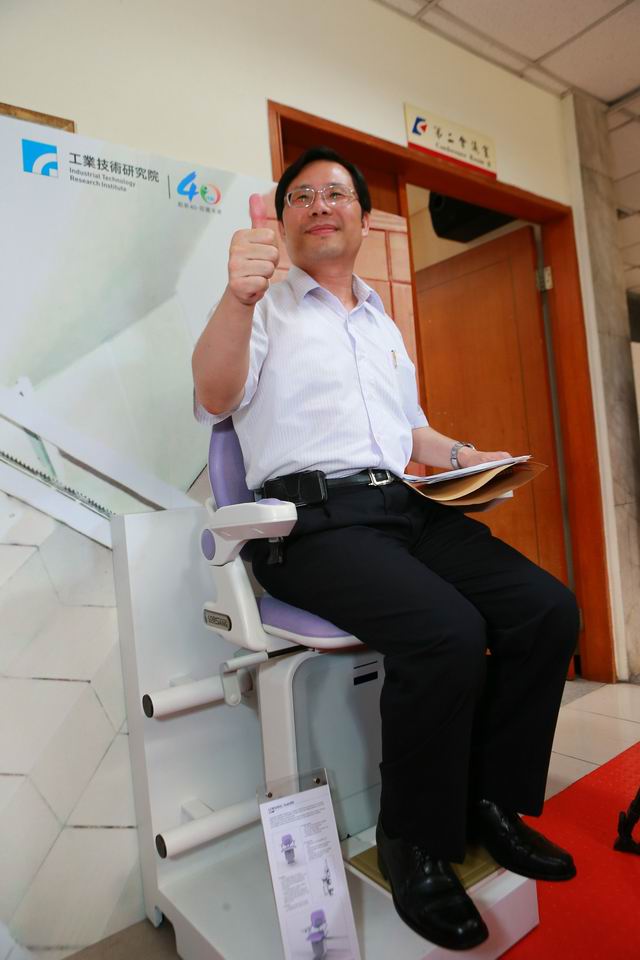ITRI of Taiwan Wins Three 2013 R&D 100 Awards
2013/10/04 | By Quincy LiangThe Industrial Technology Research Institute (ITRI), a technology innovation and invention hub in Taiwan, once again proves its prowess by winning three of the 2013 R&D 100 Awards, given to the 100 most technologically-significant products introduced to market over the past year. The three winning technologies this year include the virtual input device, the production of biofuel with sizably less greenhouse gas emissions, and the reduction of magnetic flux from electromagnetic machinery.
The R&D 100 Awards have since 1963 honored many life-quality-enhancing technologies, many of which have not only changed lifestyles in the U.S., such as the automated teller machine, but also that globally. Calling such innovations “household names” almost trivializes the enormous brainstorming, motivation and resources invested in their developments, for product as the fax machine, precursor to the scanner, enabled any individual with a phone line to transmit even complicated graphics in the pre-Net era, with other equally groundbreaking winners including the flashcube, halogen lamp, liquid crystal display, Kodak Photo CD, Nicoderm anti-smoking patch, Taxol anticancer drug, lab on a chip, and HDTV.
With its first participation in the R&D 100 Awards in 2008, ITRI has won 16 such prizes in the past six years, including four in 2011 and the record seven in 2012.
Liu Jonq-Min, executive vice president of ITRI, notes that thanks to steady support from different units of the Ministry of Economic Affairs (MOEA) and devotion by the inter-disciplinary R&D team at the institute, ITRI has won R&D 100 Awards for six years in a row.
The ITRI has transferred 13 R&D 100 Awards technologies to local private companies for product commercialization, Liu adds, creating added values and accelerating development of related industries. The ACLED (AC light-emitting diode) technology, for example, has led to several patented cross-licensing projects between Taiwanese and Japanese companies, generating annual revenue of around NT$1 billion (US$33.3 million). In the past five years, the STOBA (Self Terminated Oligomers with hyper-Branched Architecture) safe-battery technology developed by ITRI has inspired domestic battery makers to invest an estimated NT$50 billion (US$1.67 billion), and the penetration rate of STOBA lithium-ion batteries in Taiwan is expected to reach 50% in 2020.
Summary of ITRI's 2013 R&D 100-winning Technologies

iAT is a technology enabling “air-touch input” or virtual input for computers such as the emerging wearable computer. The virtual input device can be a virtual keyboard or a virtual touch screen that appears to be floating in the air, developed as a new input method for computers to simulate any physical input device for computers such as keypad, keyboard, mouse, and touch panel, etc.
This new technology has the potential to help boost this new segment of market due to convenience and added usefulness.

ButyFix is a biochemical technology that produces bio-butanol mainly for use as transportation fuel using nature's most abundant biomass and cellulose as feedstock. The technology effectively raises the carbon-energy conservation to 94% from 67% achieved with conventional fermentation to significantly reduce greenhouse gas emission.
The total energy content in the lignin-rich biomass covers not only the energy for the production, but also that for the entire life cycle (well-to-wheel). So the greenhouse gases (GHG) emission by using ButyFix bio-butanol is slightly negative.
ButyFix is primarily developed as transportation fuel. Obviously, the chemical industry can also use bio-butanol as intermediates or final chemical to reduce GHG.
FluxMerge
The basic function of FluxMerge is extremely simple and straightforward: to reduce magnetic flux leakage within magnetic fields of machines.

Flux leakage reduces efficacy of electromagnetic machinery, from which leakage is inevitable if airgap is part of the circuit.
With motors, leakage disadvantageously leads to reduced motive power, and therefore increased size and weight to consume higher electricity etc. In generators, leakage means less mechanical power is converted into electricity.




